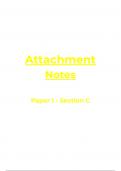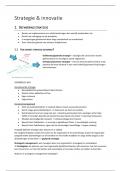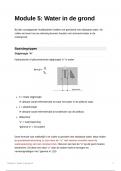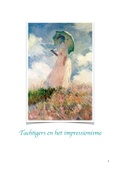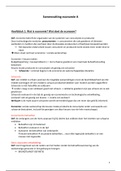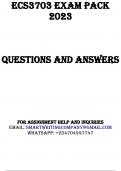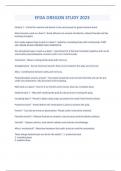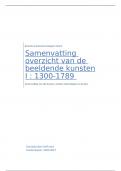Summary
Summary Attachment Notes (AQA A-Level Psychology)
- Module
- Attachment
- Institution
- AQA
Attachment Notes (AQA A-Level Psychology) This document covers all content on Attachment (AQA A-Level Psychology). The notes are very detailed but only include what is relevant to the course. There are abbreviations throughout that you should understand as a psychology student, but don't hesitat...
[Show more]
